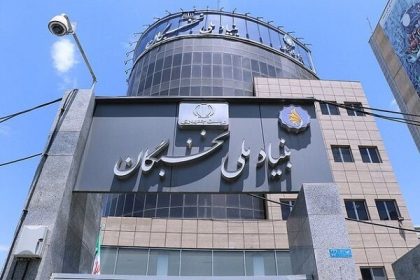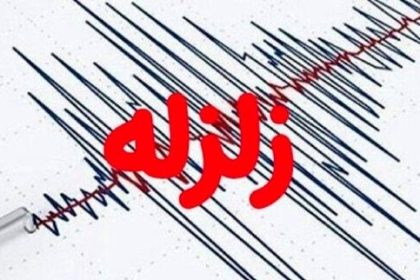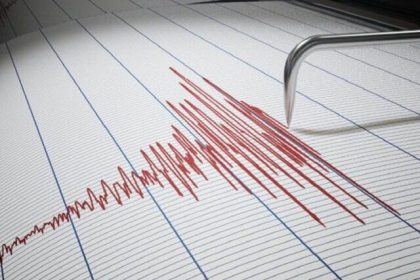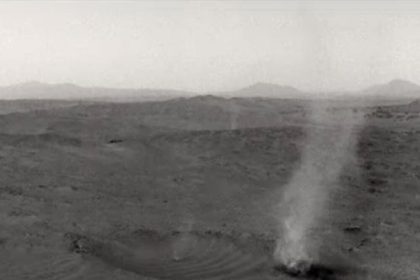The European Space Agency is about to embark on a historic mission to investigate the aftermath of a spacecraft collision with an asteroid. The Hera spacecraft will be launched on Monday, October 7, to assess the effects of NASA’s Dart spacecraft impact with the asteroid Dimorphos.
According to Tekna Technology Media Astronomy News Service, Hera mission is considered as an important step in the development of planetary defense technologies. The main goal of this mission is to study the Dimorphos asteroid in detail and examine the changes caused by the impact of the Dart spacecraft. By collecting detailed data on the size and depth of the crater created, the composition of the surface material and the internal structure of the asteroid, scientists can gain a better understanding of the effectiveness of methods to deflect asteroids.
The Hera spacecraft, along with two cubic satellites, will be launched into space using a Falcon 9 rocket from the Cape Canaveral Space Station in Florida. After a long journey, Hera will reach the asteroid Dimorphos in late 2026. The information gathered by Hera will help scientists develop more effective ways to deflect asteroids that pose a potential threat to Earth.
A detailed study of Asteroid Dimorphos will increase our knowledge about the structure, composition and behavior of asteroids. The Hera mission is an example of international cooperation in space exploration. With the success of the Hera mission, mankind has taken an important step towards preparing to deal with the possible threats caused by asteroids hitting the Earth. The information obtained from this mission will be used as a basis for the development of more advanced defense systems in the future. You can watch the historic launch of the Hera spacecraft live on the ESA and Space.com websites and participate in this momentous event.
To see the latest news, refer to the scientific news page of Tekna Media.
RCO NEWS
















